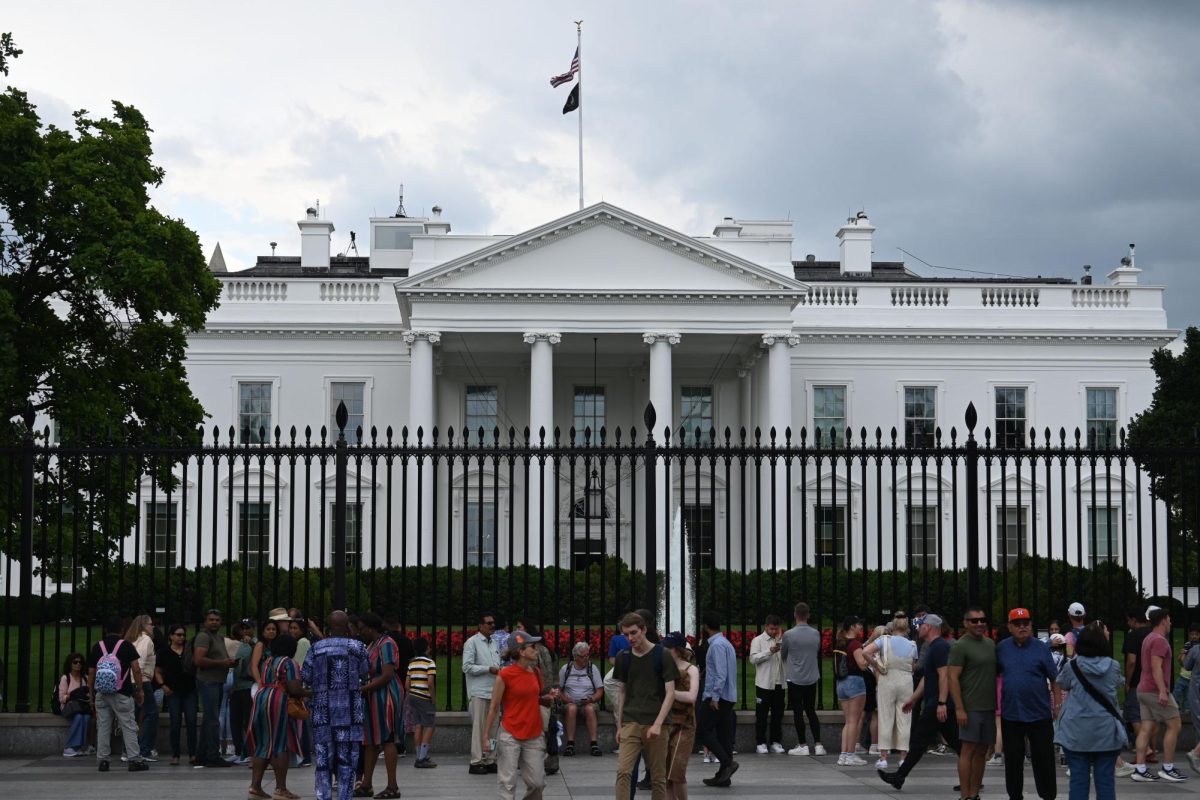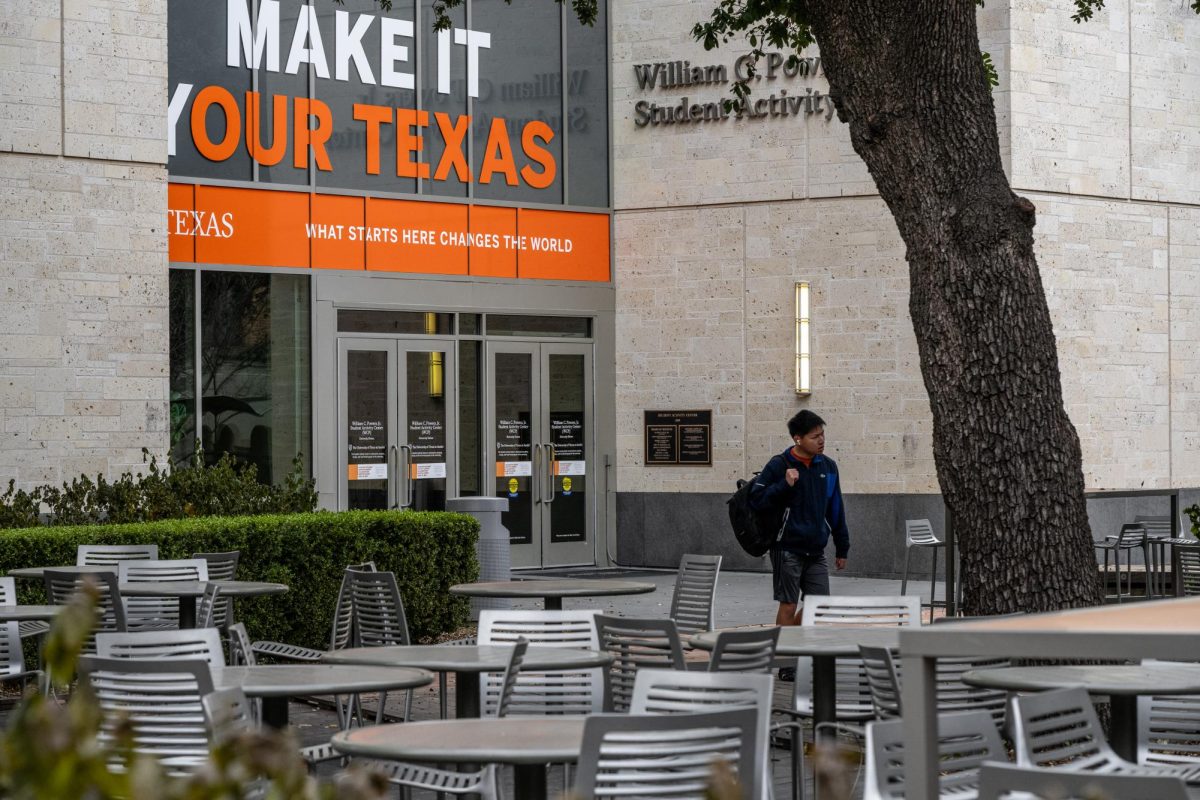Austin Water outlined specific water conservation goals and timelines in its June progress report presentation to the Water and Wastewater Commission and the Resource Management Commission.
The progress report outlined expected implementation times for the public utility’s landscape transformation plan, a strategy aimed to get single-family houses to adopt more “locally appropriate landscape,” said Kevin Critendon, assistant director at Austin Water. The main plans entail limiting irrigation use and turf grass in single-family residences.
Landscape transformation is an approach outlined in Austin’s Water Forward plan, outlining the city’s broader water conservation and management strategies over the next 100 years. Critendon said water conservation is especially important in Austin because of the uncertainty of climate change and the city’s growing population and popularity. According to the progress report, lake water levels, which supply Austin’s water, are around 50%.
“Water conservation is something that we need to be continuing to pursue here regionally to be able to sustain our water supply for the next 100 years,” Critendon said.
Austin should encourage its customers to save water if it wants to have water available in the future, said David Eaton, a professor of natural resource policy studies at the LBJ School of Public Affairs. Conserving water also helps customers save money on their water bills.
“There’s no reason not to conserve water,” Eaton said. “(Water management) doesn’t have to be a pressing issue. It’s a logical thing. There’s no harm in folks everywhere conserving water and being careful with its use.”
Critendon said it is important for people locally to understand where their water is coming from and not take their water for granted because the water supply can vary drastically in Austin and put stress on water management.
“We all need to adapt (to) a mindset that water is important every day and we need to be careful about how we use it and in all the things that we do,” Critendon said.














